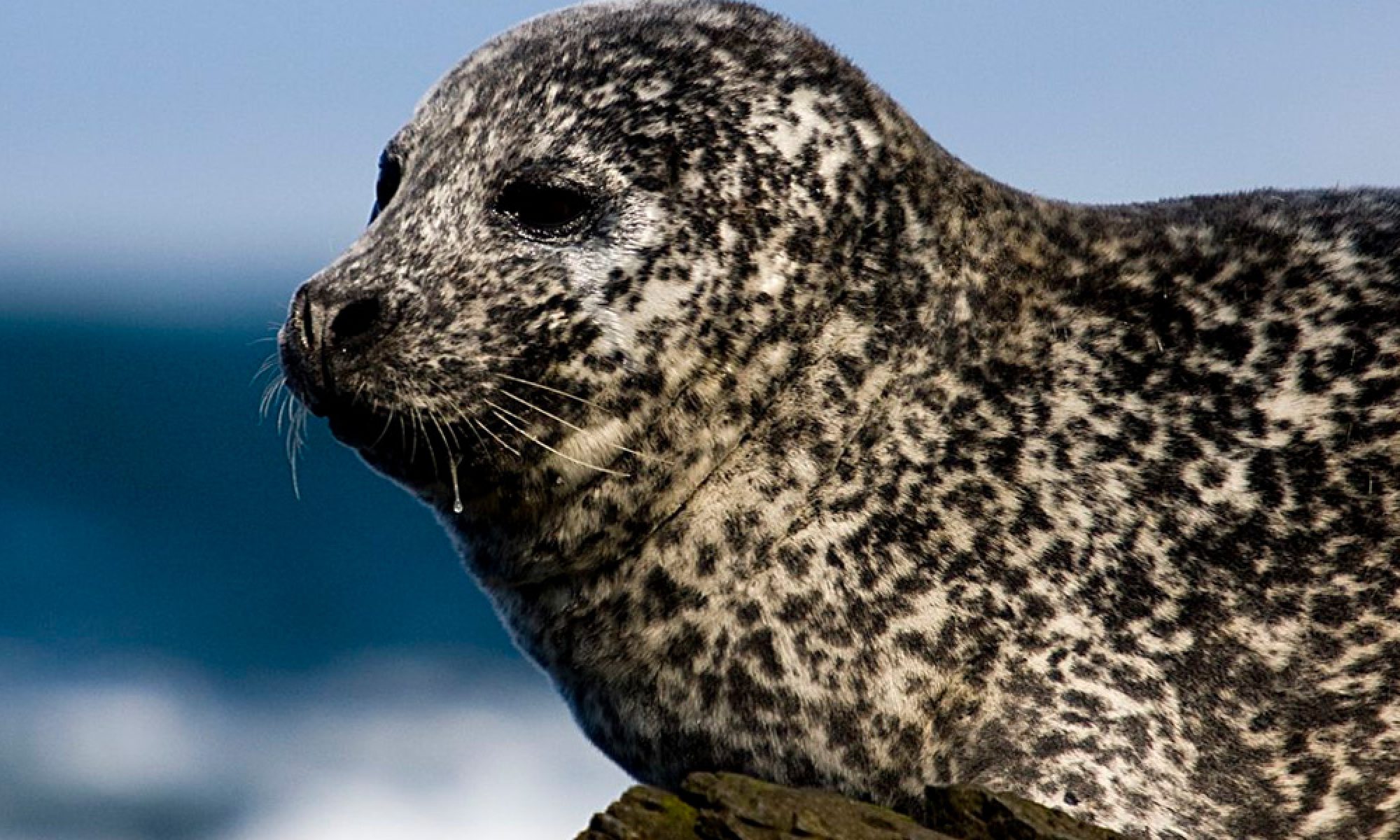In the summer of 2016, an aerial census of the harbour seals along the entire coast of Iceland was conducted. Such aerial censuses are important in monitoring the population size of seals. The first aerial census occurred in 1980 and in that year, the harbour seal population was estimated at about 33.000 animals. The 2016 census provided an estimate of 7.700 animals, which is considerably smaller than the 11.000 – 12.000 harbour seals estimated to inhabit Icelandic waters in the previous aerial census in 2011.
In 2014, harbour seals were counted at the largest haul-outs (places where seals congregate on shore) in Iceland and there was strong indication that the population had decreased and the results of the census last summer show this to be the case. Since 2011, the Icelandic harbour seal population has decreased by about 30%. The current population is estimated to be close to 80% smaller than it was when first investigated in 1980. According to official policy, the Icelandic harbour seal population should not fall below 12.000 animals and if it does, the government must take appropriate measures. The population is currently estimated at just under 40% of the desirable number.
The greatest decrease occurred between 1980 and 1990, when seals were directly targeted at a much higher rate than they are now. Seals are still hunted and while this may account for some of the decrease seen, seals killed as bycatch in fisheries is another factor. Other factors, such as marine warming and variations in the availability of the seals’ prey, can cause some decrease as well. Although the drop in population is considerable, it is important to have in mind that natural variations occur in wild populations and more research is needed before the major causes of the decrease in the Icelandic harbour seal population can be explained.
For the full text of the study, click here.

